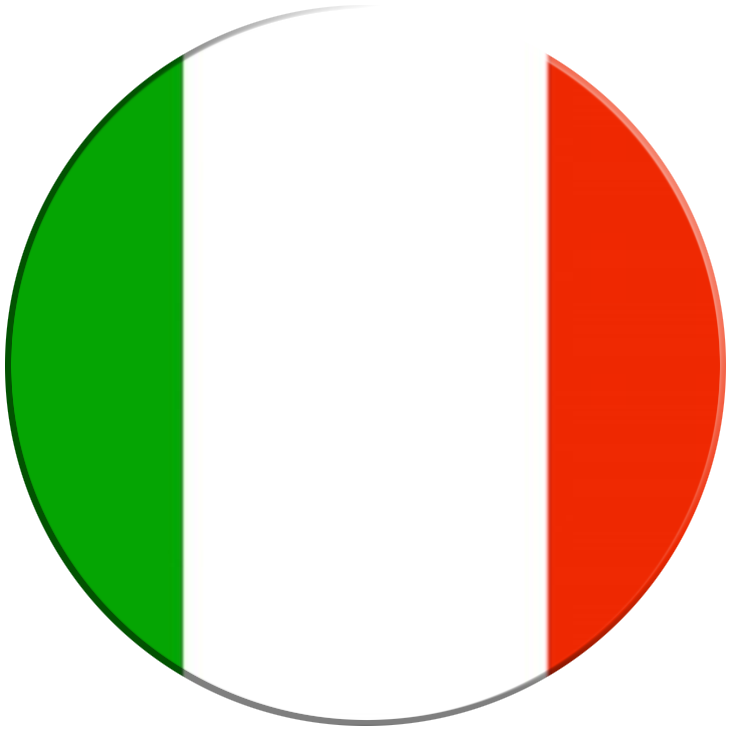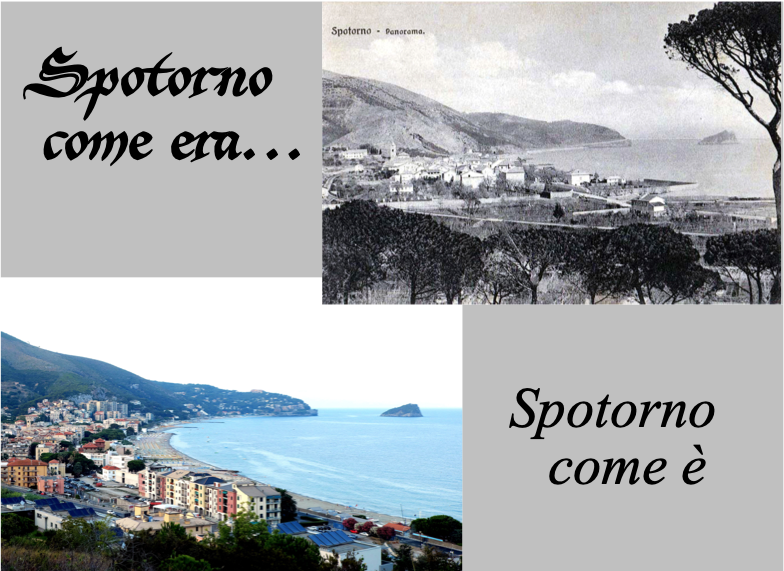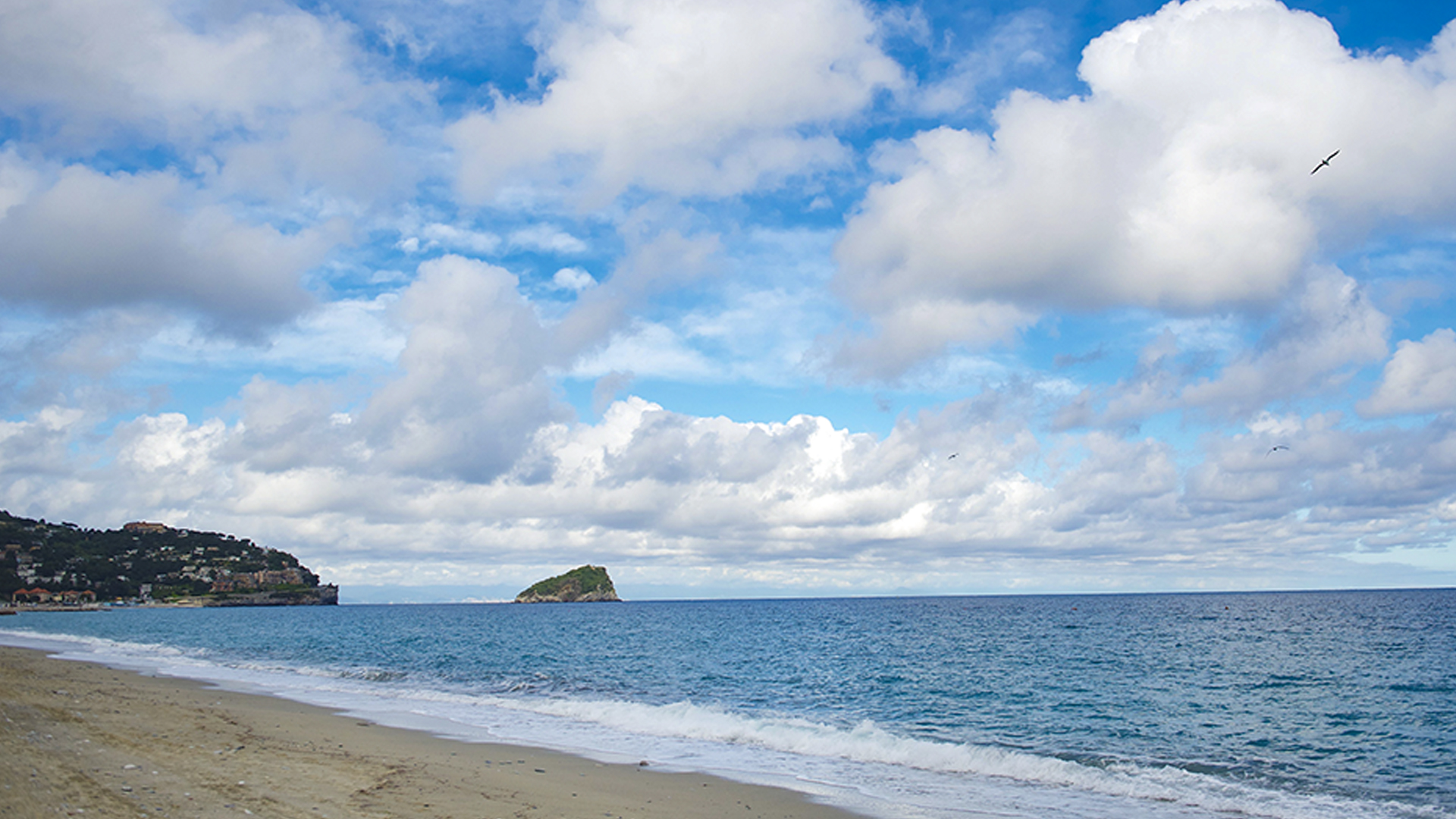
In the 12th century the village was under the dominion of the Marquis Del Carretto — in the person of the Marquis Ottone Del Carretto — and then passed under the Bishop of Savona who, already in 1180, owned the castle.
A military alliance between the soldiers of Noli, of Segno (today’s hamlet of Vado Ligure) and of Genoa managed to carry out an attack on the bishop’s village of Spotorno and its castle, linked to the Municipality of Savona. However, although Spotorno was “religiously” subjected to the newly established diocese of Noli after this historical episode, the seaside village remained firmly in the hands of the bishop of Savona amidst imperial acts and confirmations.
It was then Pope Urban VI who sold the fief of Spotorno (and the nearby Pietra Ligure) to the Republic of Genoa, in 1385, for the sum of 60,000 florins. Now under Genoese domination, the territory was incorporated into the podestà of Capo di Vado together with the main centers of Vado, Bergeggi and Noli. Seat of a local podestà – subject to the Genoese governor of Savona – in 1582 it obtained its own statute (Chapters of the Magnificent Community of Spotorno).
The country’s economy was mainly based on maritime trade – carried out with its own boats called “flaps” capable of reaching France, Sardinia and Sicily -, on the construction of ships (brigantines above all) and on the production of lime, of which they preserve the remains of the ancient furnaces.
With the fall of the Republic of Genoa (1797), in the wake of the French Revolution and following the first Italian campaign of Napoleon Bonaparte, the territory of Spotorno returned from 2 December 1797 to the Department of Letimbro, with Savona as its capital, within of the Ligurian Republic. From 28 April 1798 with the new French regulations, it returned to the II Canton, as capital, of the Jurisdiction of Colombo and from 1803 the main center of the I Canton of Savona in the Jurisdiction of Colombo. Annexed to the First French Empire, from 13 June 1805 to 1814 it was included in the Department of Montenotte.
In 1815 it was incorporated into the Kingdom of Sardinia, as established by the Congress of Vienna in 1814, and subsequently into the Kingdom of Italy from 1861. From 1859 to 1927 the territory was included in the VI district of Noli of the district of Savona, part of the province of Genoa; in 1927 the municipal territory of Spotorno also passed under the newly established province of Savona.
In 1872 the municipal territory was crossed by the new railway line between Genoa and Nice (Genoa-Ventimiglia railway) and at the beginning of the 20th century, tourism developed, with the construction of hotels and bathing establishments.
We highlight an interesting document published on the site www.Spesturno.it Archivio Storico e Fotografico Spotornese that represents many aspects of Spotorno in the double view of how it was and how it is. In particular on page 48/49 there is a painting of Vico Montino by the painter Aldo Raimondi – 1937 and page 75 the road that leads to Ca’ du Batan.
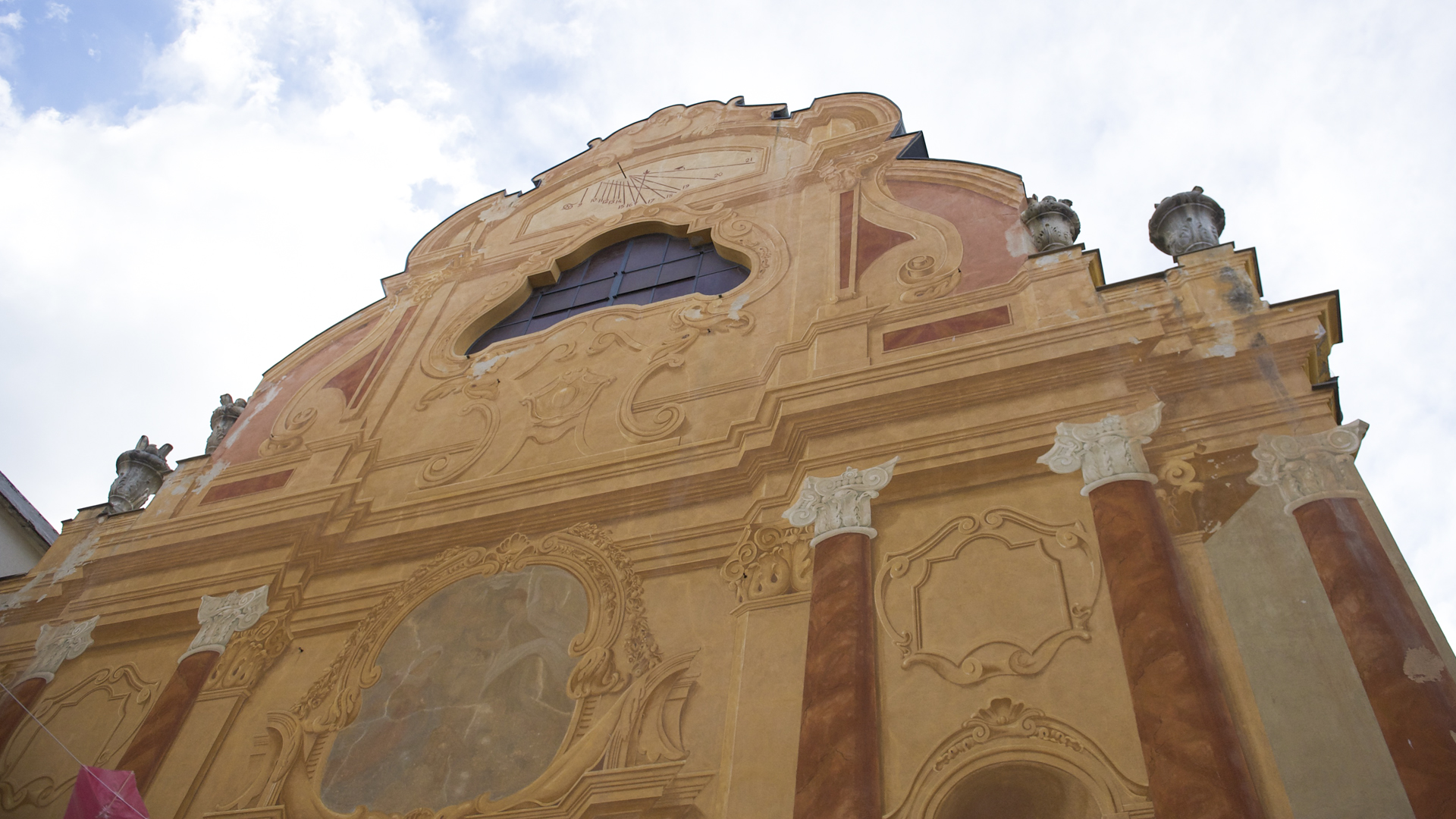
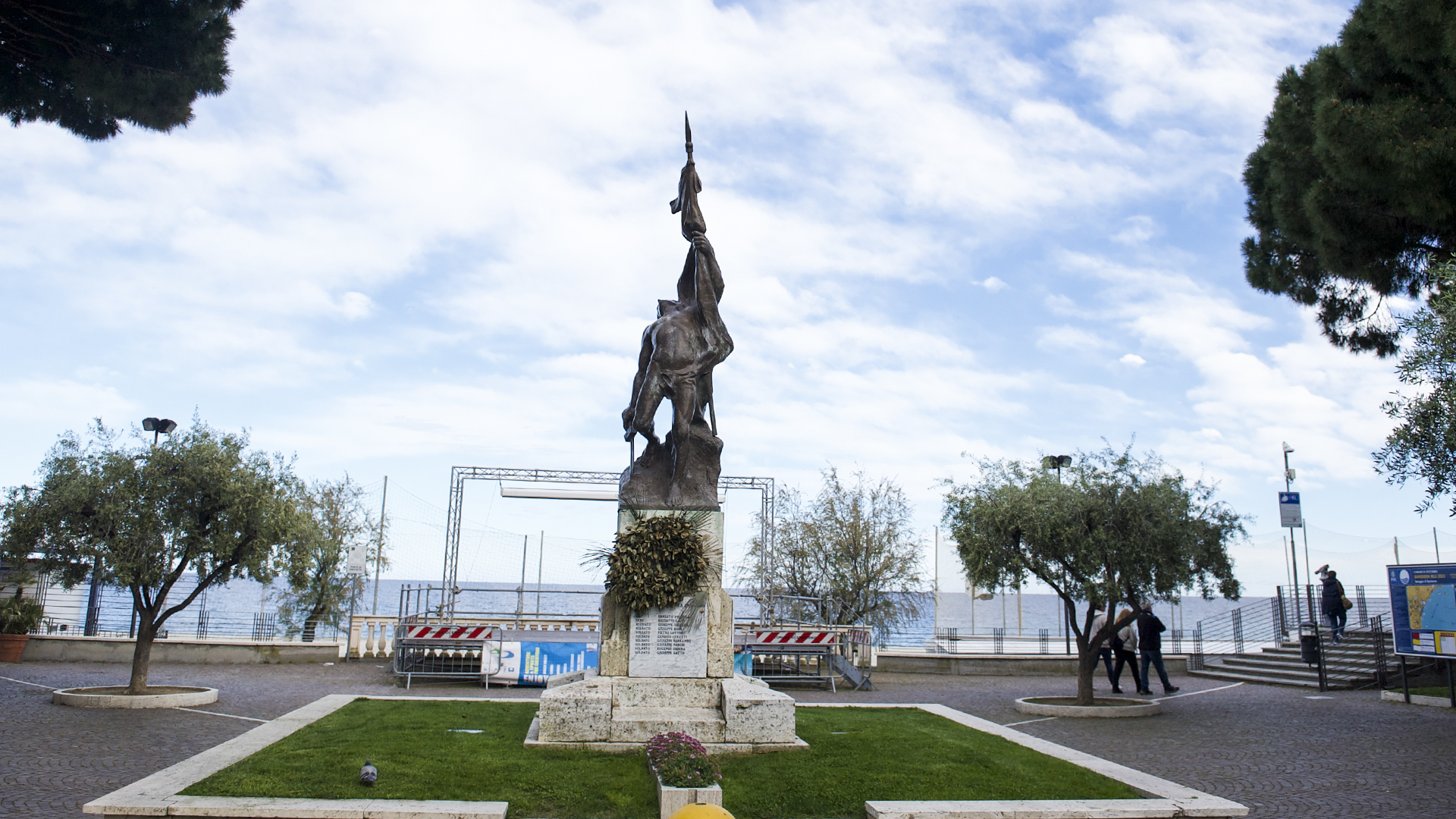
Tourist Information and Reception Office
Tourist Information and Reception Office
Via Aurelia, 48
Tel. 019 7415008
Fax 019 7415811
Opening Hours
Monday to Saturday 9-12
Tuesday to Friday also 15.30-18.30
access with easy ramp and internal elevator
automatic sliding door wide width > 90cm
The following are available at the IAT:
– Information on accessible accommodation facilities
– Information on facilities that offer food preparations for celiac disease and other pathologies/intolerances
– List of associations for the protection of the rights of disabled people in the province
– Information on accessibility and usability of areas and buildings of tourist/cultural interest
– information on how to find people with LIS knowledge
It is recommended to consult the Instagram page or search the page on google casa del turismo
